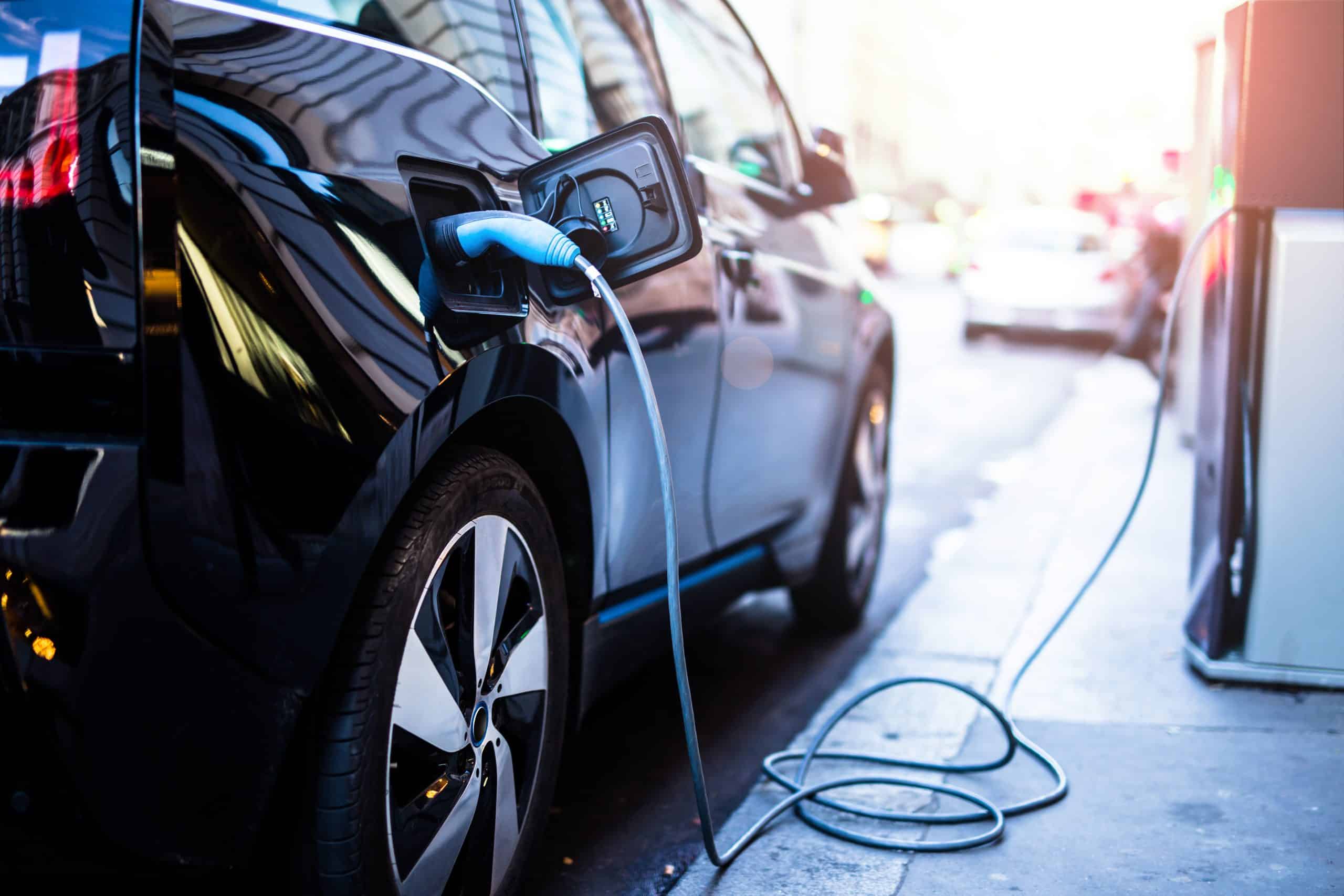We have supposedly entered the age of the electric car, but recent analysis of the UK’s public charging infrastructure has raised serious questions about whether Britain is prepared.
The concept of electric vehicles has been around for longer than you might think. In fact, energy.gov states that the first known electric car was built in the 1830’s. Having spent time in and out of the spotlight over the years, it was the energy crises of the 70’s and 80’s that revived interest, and throughout the 90’s and 00’s the concept started to become a reality.
So, what are the benefits of owning an EV (Electric Vehicle)? Obviously, they are better for the environment as there is no harmful air pollution caused by exhaust emissions. But from a personal perspective, EV owners also benefit from much lower fuel costs and running costs than conventional vehicles.
Of course, to run an EV you will need access to an EV charging point, and this is proving a major issue to the UK, according to charge-point database Zap-Map whose data has highlighted obvious gaps in supply and demand.
EV ownership increased from 2,254 vehicles in 2012 to 85,983 at the end of 2016, but this rate of growth has not been reflected by the number of EV charging points, which have only increased from 2,883 to 11,736 in the same period.
This current EV to charger ratio of 7.32 in the UK is potentially in danger of falling well below the car-per-charger ratio target of 10, which the European Parliament believes makes electric vehicles ‘commercially viable’.
The RAC appears to agree with these concerns, saying there is still ‘some way to go’, claiming that the average gap between charging points in England is 3.8 miles, compared to one mile between petrol stations, and can be as much as 47 miles in some areas of the country.
So, what could the answer be going forward? Steve Gooding, Director of the RAC Foundation believes it’s not just the Government’s responsibility. Steve said: “Ultimately, public investment in charging infrastructure will need to be matched by the private sector.”
According to Chargemaster, the UK’s largest provider of EV charging points, the private sector is starting to take a more active role in the installation and upkeep of points. David Martell, Chief Executive at Chargemaster said: “The position has improved considerably over the last couple of years as the private sector has taken over council-owned sites. Local Authorities usually do not have the budget.”
So, it doesn’t appear to be the end of the road just yet for electric vehicles, but it is evident that serious investment into the UK electric charging point infrastructure is required to make this option a viable and reliable choice for drivers. RAC spokesperson Simon Williams sums up the concern: “Having more charging points available will be essential in helping drivers overcome so-called range anxiety, where they fear running out of power before they can recharge.”
By 2020, it is estimated by the AA that there will be more than 500,000 electric vehicles in use. Whether the UK can increase their number of charging points to the recommended number of 50,000 in the same period, remains to be seen.
References
Alan Feldberg. (2016). EV CHARGING NETWORK STILL ‘PATCHY’.
Available: http://www.bodyshopmag.com/2016/news/ev-charging-network-still-patchy/. Last accessed 14/02/2017.
Debbie Wood. (2017). EV infrastructure: Is Britain prepared?.
Available: http://www.businesscar.co.uk/analysis/2017/ev-infrastructure-is-britain-prepared. Last accessed 14/02/2017.
Martin Saarinen. (2017). UK’s EV charging falling behind.
Available: http://www.autoexpress.co.uk/car-news/98560/uk-s-ev-charging-falling-behind. Last accessed 14/02/2017.
Rebecca Matulka. (2014). Timeline: History of the Electric Car.
Available: https://www.energy.gov/articles/history-electric-car. Last accessed 14/02/2017.
Vern Whitehead. (2017). UK’s EV charging falling behind numbers of cars.
Available: http://evtalk.co.nz/uks-ev-charging-falling-behind-numbers-of-cars/. Last accessed 14/02/2017.


